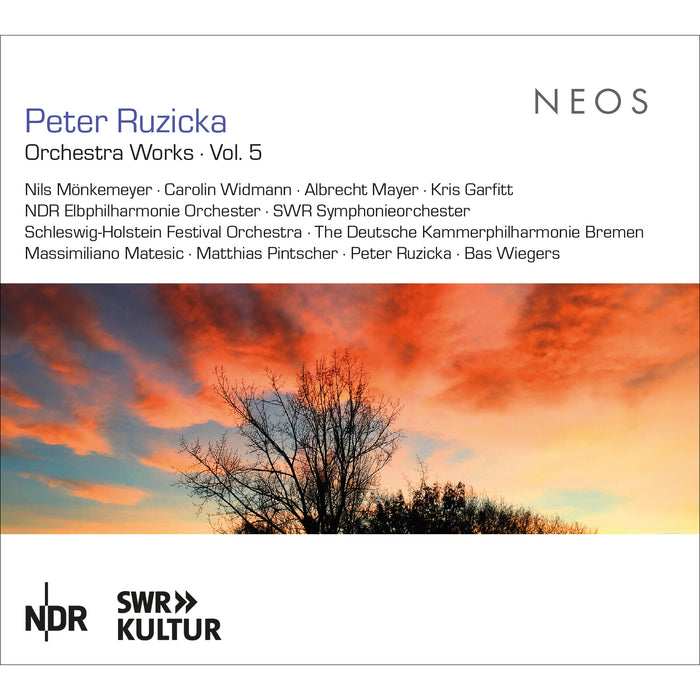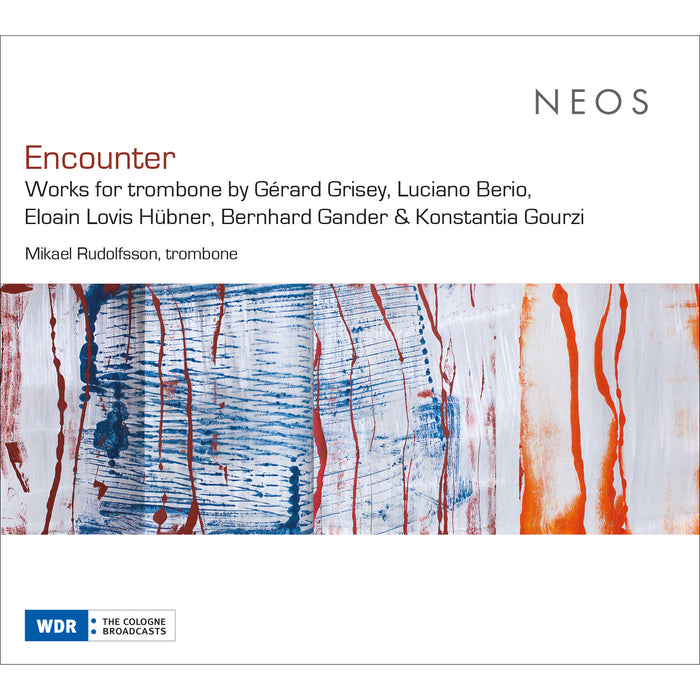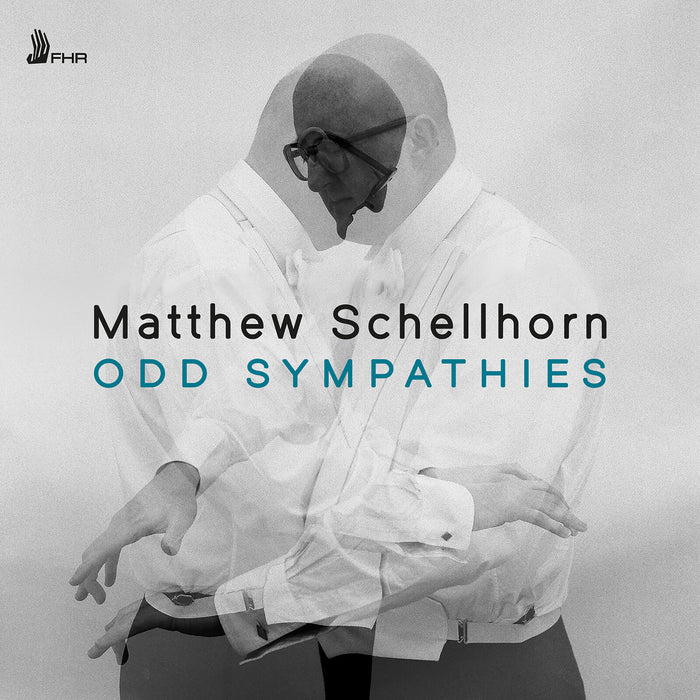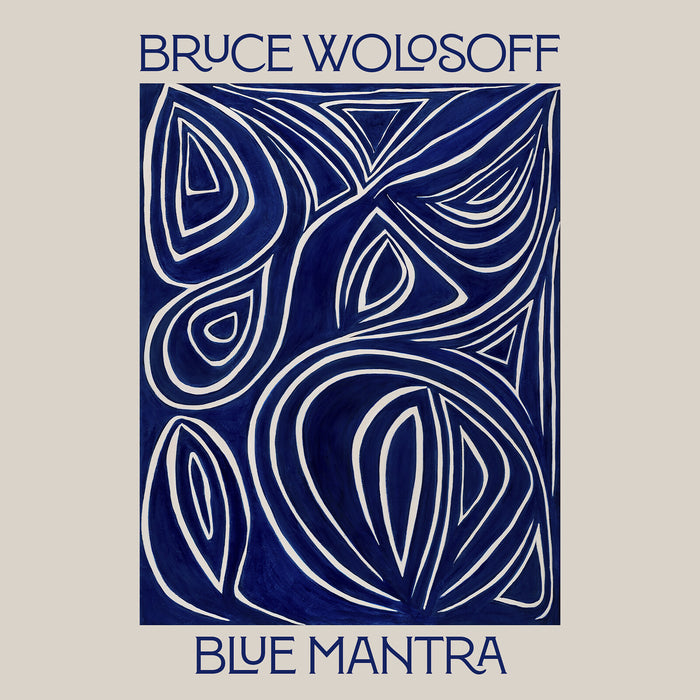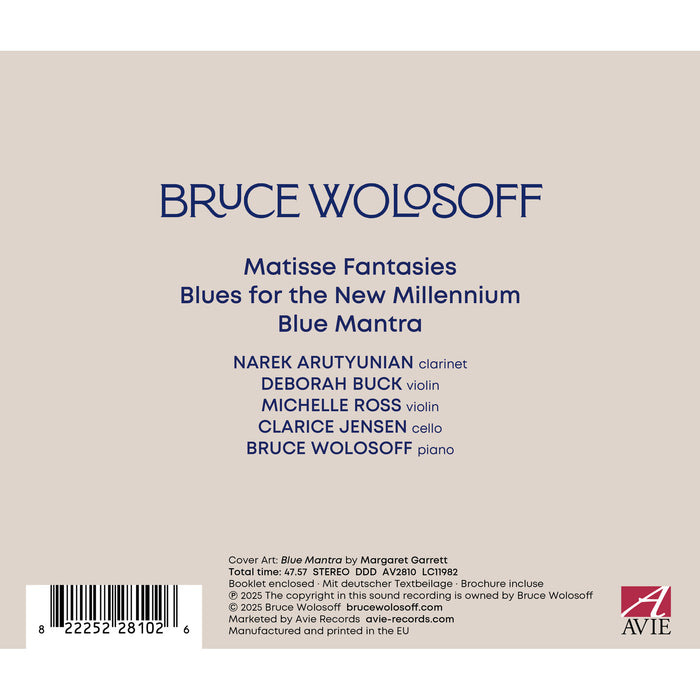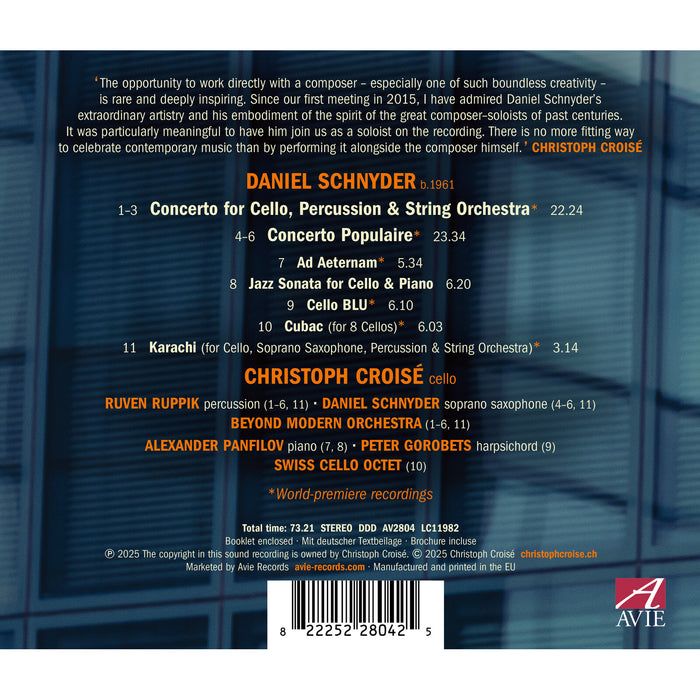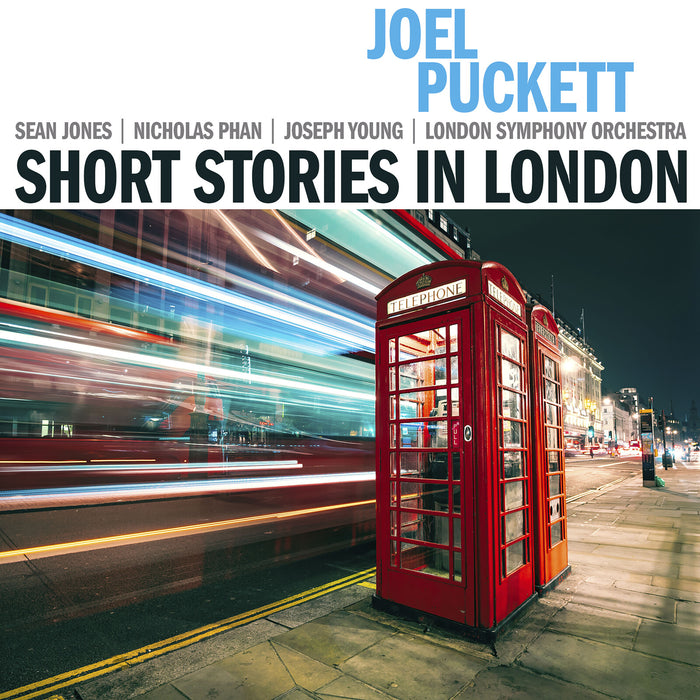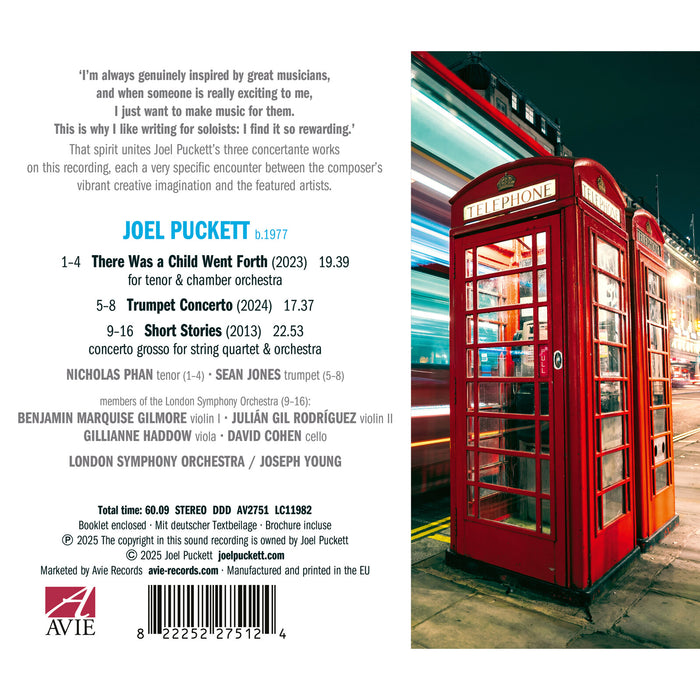Description
Andras Hamary is an exceptional composer. And this is not only because he has remained true to composing despite his earlier, award-winning, successful activity as a pianist, but also because he declines to adhere to Adorno's still-existing "Canon of the Forbidden" of new music. In this respect, he follows in the footsteps of his compatriot Gyorgy Ligeti, who in his later works, from the scandal-provoking Trio for Violin, Horn and Piano (1982) onwards, exclusively dealt with the parameter of harmony in a purportedly backward-looking direction. But for him, this look backward was just another way of looking forward, and in this regard Hamary has followed his example.
Supposedly past or even dead forms, symbols, and ciphers are what Hamary seeks to revive, in search of a language in which European music history, with a focus on the prelude, is preserved in the best sense of the word. In this way, the prelude becomes a creative postlude.
After retiring, Hamary moved from Wurzburg to Berlin, and in the solitude of the COVID-19 pandemic years, he wrote his 24 Preludes in the tradition of Chopin, Scriabin, and Debussy, tailored to Bellheim's style.
Markus Bellheim's spectrum as a pianist includes such diverse works as Bach's Goldberg Variations, Schubert's piano sonatas, and music of the 20th and 21st centuries. His recordings of Messiaen's Vingt Regards sur l'Enfant-Jesus, Wolfgang Rihm's complete piano works, and his many performances and premieres of contemporary compositions testify to an unwavering, analytical mind coupled with great musicality and love for the music.
Includes Bonus DVD - "24 Video Animations"
On the bonus DVD Andras Hamary presents a selection of a series of his video animations. The music and images were created almost simultaneously. Most of the music pieces were computer-generated (Sibelius Sounds), and the animations were created using Corel Painter, Moho, and Final Cut.






